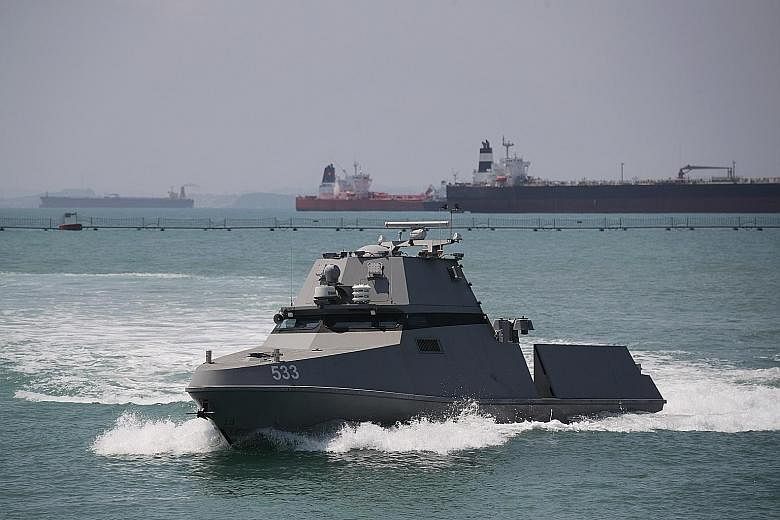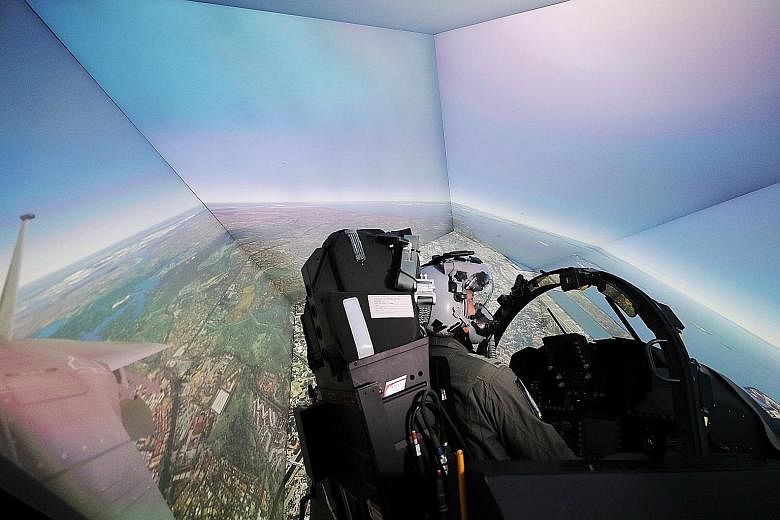The transformation of the Singapore Armed Forces (SAF) into a new-generation defence force by 2040 remains on track despite the pandemic, Defence Minister Ng Eng Hen said yesterday.
The delivery of new hardware such as helicopters and fighter jets is also still on schedule, along with the launch of new facilities and initiatives to sharpen the SAF's ability to meet emerging threats, Dr Ng said during the debate on the budget of the Ministry of Defence (Mindef).
Mindef's annual budget will climb 12.7 per cent to $15.36 billion, compared with the $13.63 billion it spent in the last financial year.
This is the first year-on-year double-digit growth since 1998, noted Dr Ng. The reason for this is that Mindef spent about $1.5 billion less than planned last year - about 10 per cent of its budget - due to the delay of some key projects.
For instance, the completion of military training facility Safti City will now be in 2024 instead of 2023, and the delivery of the navy's Invincible-class submarines has been pushed back by six months to the middle of next year.
But Covid-19-related delays have not changed the SAF's timeline to transform into a next-generation fighting force, said Dr Ng.
The Republic of Singapore Air Force's (RSAF) upgraded F-16 fighter jets are expected to be rolled out in the coming months, and its earlier acquired H225M and CH-47F helicopters will arrive this year to replace older Super Pumas and Chinooks, respectively.
If the post-Covid-19 recovery keeps pace, Mindef expects its budget to stabilise and return to a growth trajectory of 3 per cent to 4 per cent of nominal growth a year, a target announced in previous years, said Dr Ng.
CONTINUING ITS TRANSFORMATION
A new army "sense and strike" headquarters has also been established to help the SAF perform better in battle with less manpower.
Inaugurated last November, this is part of the SAF's transformation into a next-generation defence force by 2040, wielding technologies like artificial intelligence, robotics and data analytics.
"This was a reorganisation of HQ Army Intelligence and HQ Singapore Artillery under 6 Division, to integrate capabilities from both to 'see better' and 'shoot faster' with less manpower," said Dr Ng.
The Republic of Singapore Navy's (RSN) Maritime Security and Response Flotilla was also inaugurated. It consists of refurbished patrol vessels, with four new purpose-built vessels set to replace them in due course.
The RSN will also deploy unmanned surface vessels (USVs) to keep watch over Singapore's waters once they complete their sea trials later this year, said Dr Ng.
The new vessels were developed by the Defence Science and Technology Agency and DSO National Laboratories, and are equipped with autonomous navigation systems and a locally developed collision detection and avoidance system.
Each autonomous USV needs only two crew members to operate, compared with a manned littoral mission vessel which requires a 23-man crew.
These USVs can also operate for 36-hour stretches, freeing up larger warships to be deployed at further ranges.
FIGHTING TERRORISM, CYBER ATTACKS
In his speech, Dr Ng also emphasised that combating transnational terrorist threats remains a key focus for the SAF.
As Asean's collective intelligence and surveillance capability may be a fraction of what the United States and its allies have in the Middle East, the multilateral Counter-Terrorism Information Facility (CTIF) was created to close that gap.
"I am happy to announce to this House that the facility has been completed and has begun operations despite Covid-19," Dr Ng said.
"The CTIF will bring together like-minded countries to share intelligence, provide early warning, monitoring and analysis capabilities in a centralised and coordinated manner."
The Integrated Cybersecurity Task Force has also been formed, to enhance the SAF's ability to monitor potential threats and respond more rapidly to incidents.
Mindef is also working with academic institutions to raise national servicemen's skills in the cyber domain, added Dr Ng.
These include initiatives such as a work-learn programme with the National University of Singapore, and Critical Infrastructure Security Showdown cyber-security exercises with the Singapore University of Technology and Design's iTrust Centre for Research in Cyber Security.
The SAF will also hire more cyber specialists as regulars, mainly through the Military Domain Experts Scheme, the minister said.
KEEPING UP INNOVATION
Dr Ng said harnessing new technologies will enable new war fighting concepts and force multipliers for the SAF.
Mindef and the SAF will adopt commercial cloud platforms from May to host less sensitive digital services and data, such as administrative and maintenance services, said Dr Ng, adding that cloud computing is a key component in enhancing efficiency and reducing the need for manpower.
"Beyond this, classified information will also leverage cloud systems. As the security standards for these areas need to be more stringent, such systems will be physically housed in Mindef and SAF and separated from other day-to-day functions on the cloud," he said.
The internal cloud system will provide full-time and operationally ready national servicemen with better and more responsive digital services, he said.
Trials will begin in the second quarter this year for an RSAF mobile healthcare app, which will provide personnel with one-stop access to the RSAF medical centre's healthcare management functions, such as appointment bookings, telemedicine and access to patients' healthcare records.
Trials are also ongoing to use autonomous vehicles to transport personnel and supplies around SAF camps to save on manpower deployment, and for an RSAF military transport fleet management app to track journey details and maintenance records, reducing administrative time by 75 per cent.
The technological push is also evident in other ongoing projects across the different services.
For example, the RSAF uses the F-15SG Air Mission Trainer, a flight simulator which has been used for air crew training since mid-2019.
The simulator saves the RSAF about 14 per cent in costs for the training of fighter pilots and weapon systems officers, while significantly cutting training time.
From The Backbench
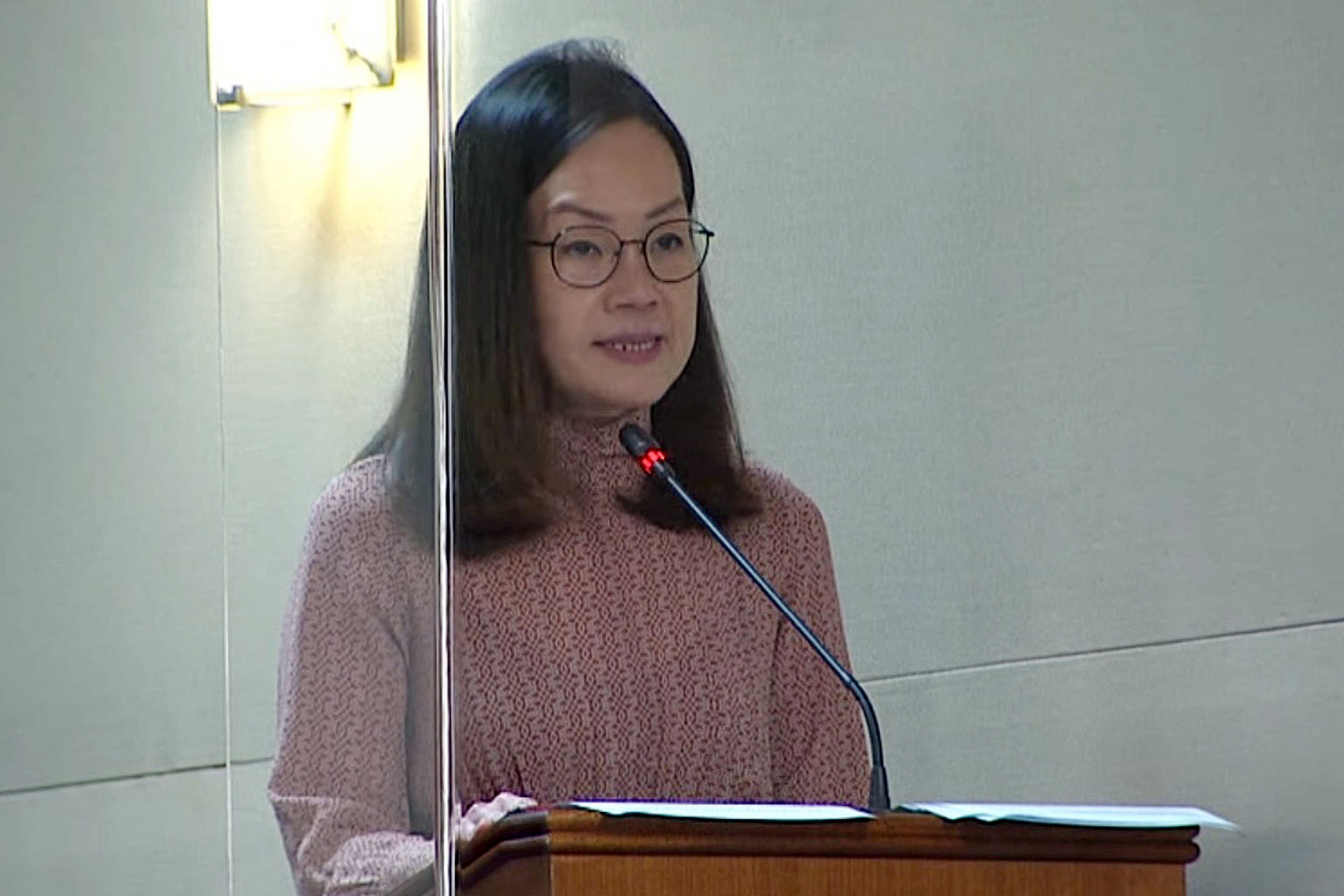 typeof="foaf:Image" />
typeof="foaf:Image" />
RACHEL ONG (WEST COAST GRC)
Tap NSmen's civilian skill sets
The Singapore Armed Forces should consider recognising the competencies of operationally ready national servicemen (NSmen) in their civilian lives, even as it moves towards digital transformation, green technology and other new capabilities, said Ms Ong. She suggested that new skills they pick up outside of national service could be factored into their reservist postings.
The current system returns most NSmen to their original units they were in during full-time national service, when they return for training.
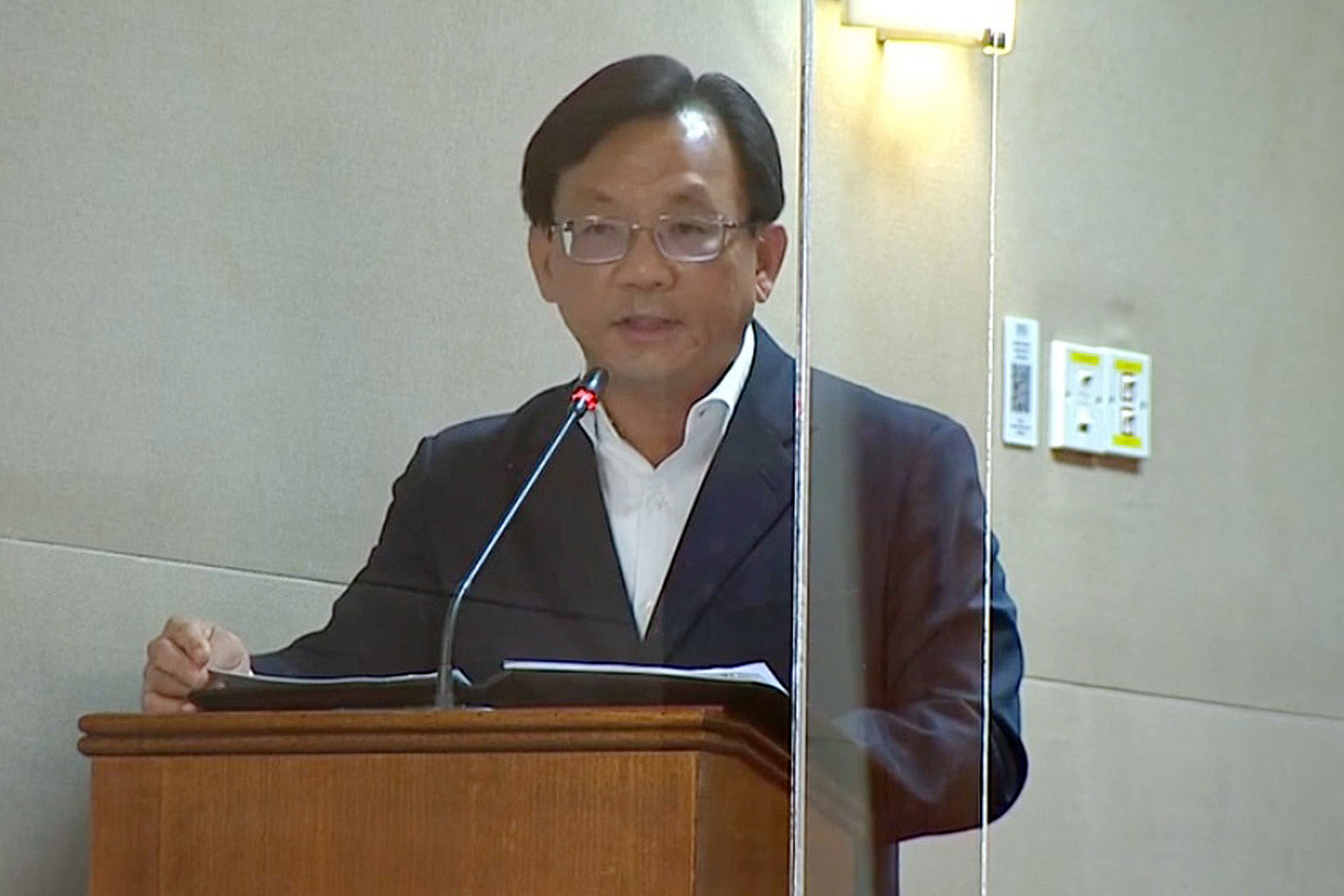
CHONG KEE HIONG (BISHAN-TOA PAYOH GRC)
Redeploy NSFs with mismatched skills
Some flexibility could be exercised to redeploy a full-time national serviceman (NSF) to a posting more compatible with his skill set, said Mr Chong.
He also asked if the Defence Ministry could better engage the families and employers of national servicemen to get fuller support for their deployments.
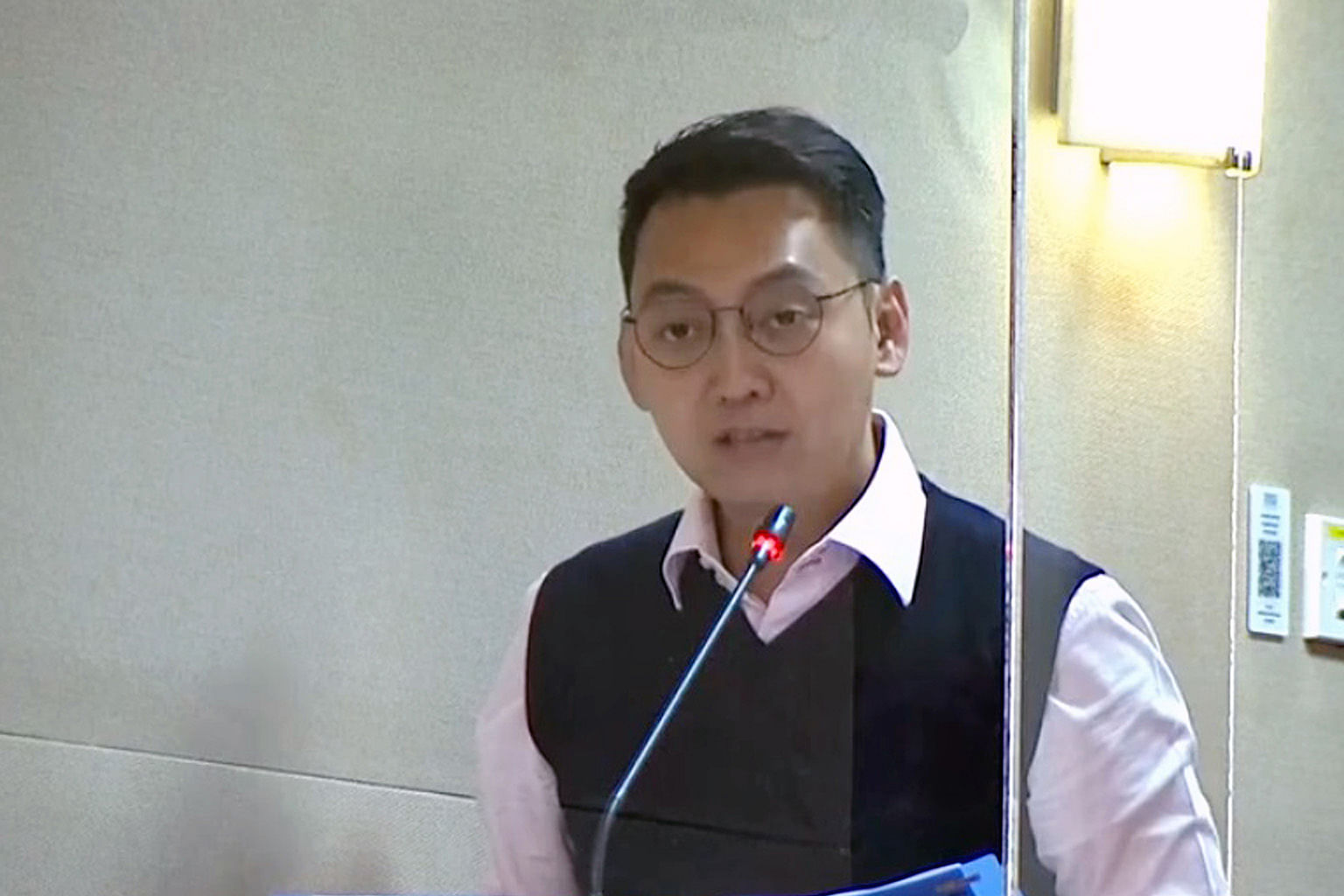
DON WEE (CHUA CHU KANG GRC)
Include climate defence in Total Defence
Climate defence should be made the seventh pillar of Total Defence, said Mr Wee, echoing a previous call by Mr Seah Kian Peng (Marine Parade GRC).
"Having climate defence as the seventh pillar of Total Defence will send a powerful message to all Singaporeans and the world about how seriously we are tackling climate change and our level of commitment to environmental sustainability," he said.
"Going forward, this consideration will underpin all major decisions we make and facilitate more effective defence coordination."
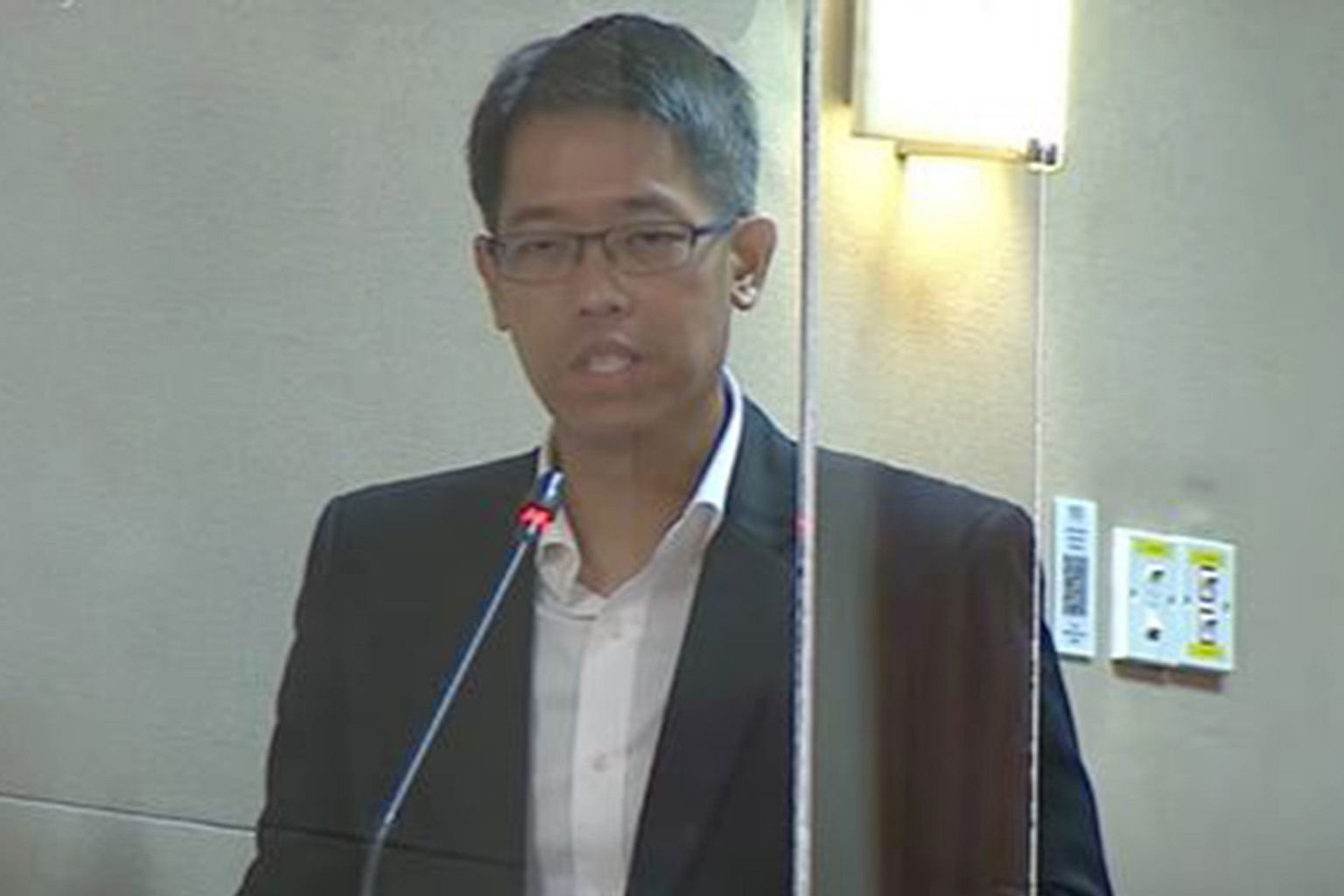
GERALD GIAM (ALJUNIED GRC)
Raise insurance coverage quantums
The current $150,000 group term life and group personal accident insurance coverage for the Ministry of Defence could be raised to provide better coverage in the event of death or total permanent disability of a serviceman, suggested Mr Giam, a Workers' Party MP.
In response, Senior Minister of State for Defence Heng Chee How said that the quantum of coverage is reviewed periodically, and that all relevant factors are taken into account during these reviews.
